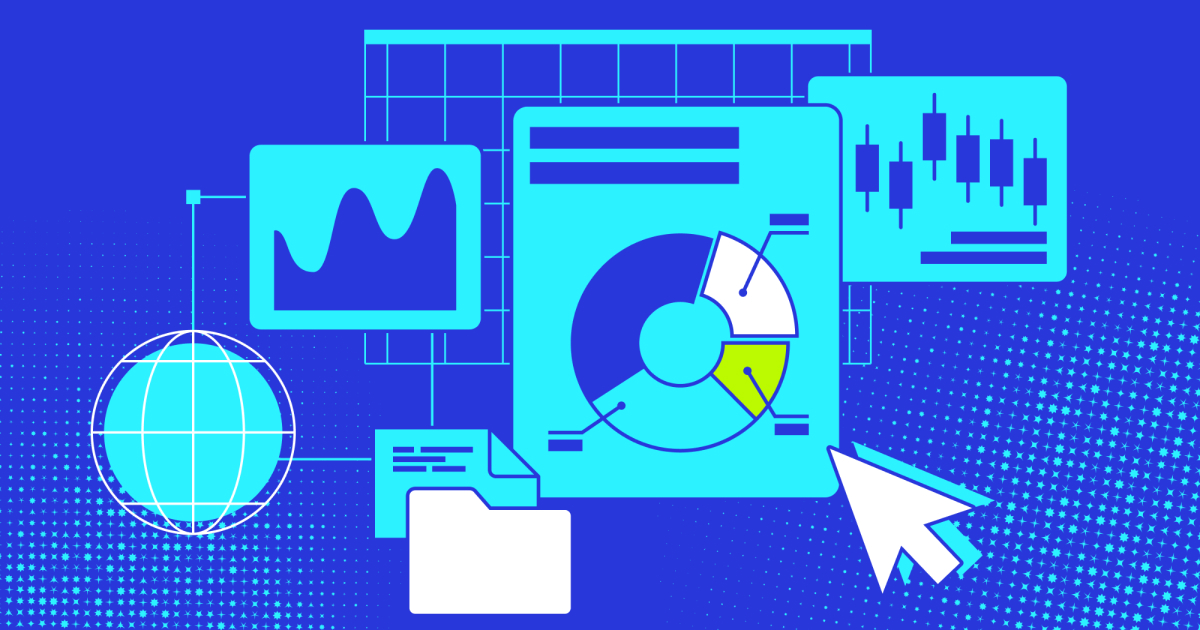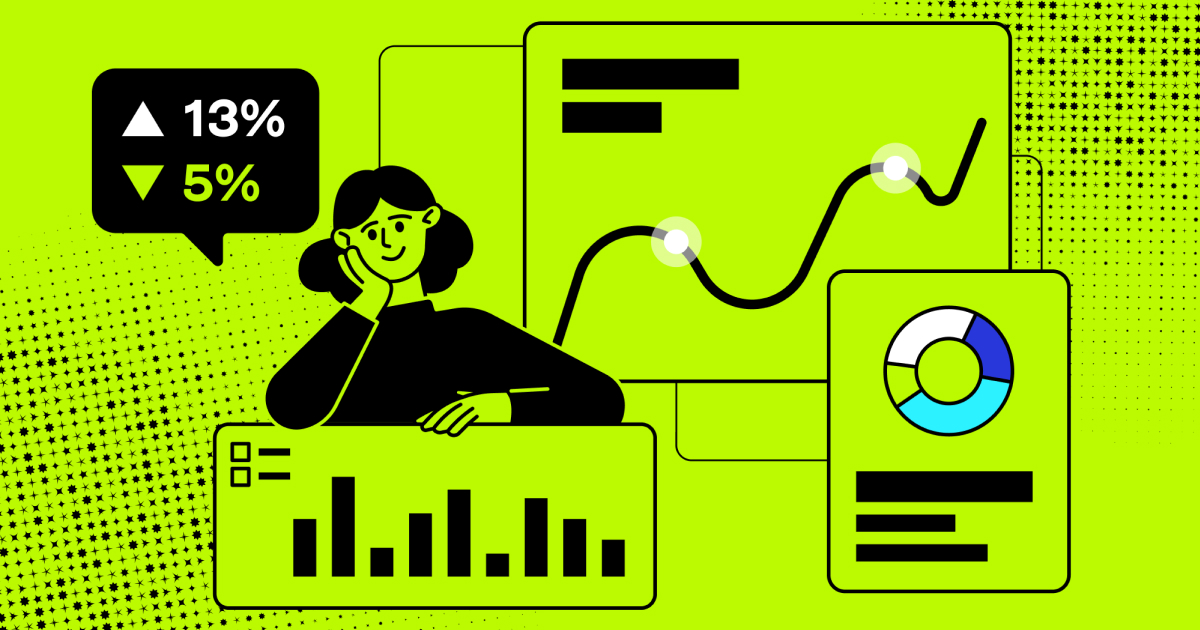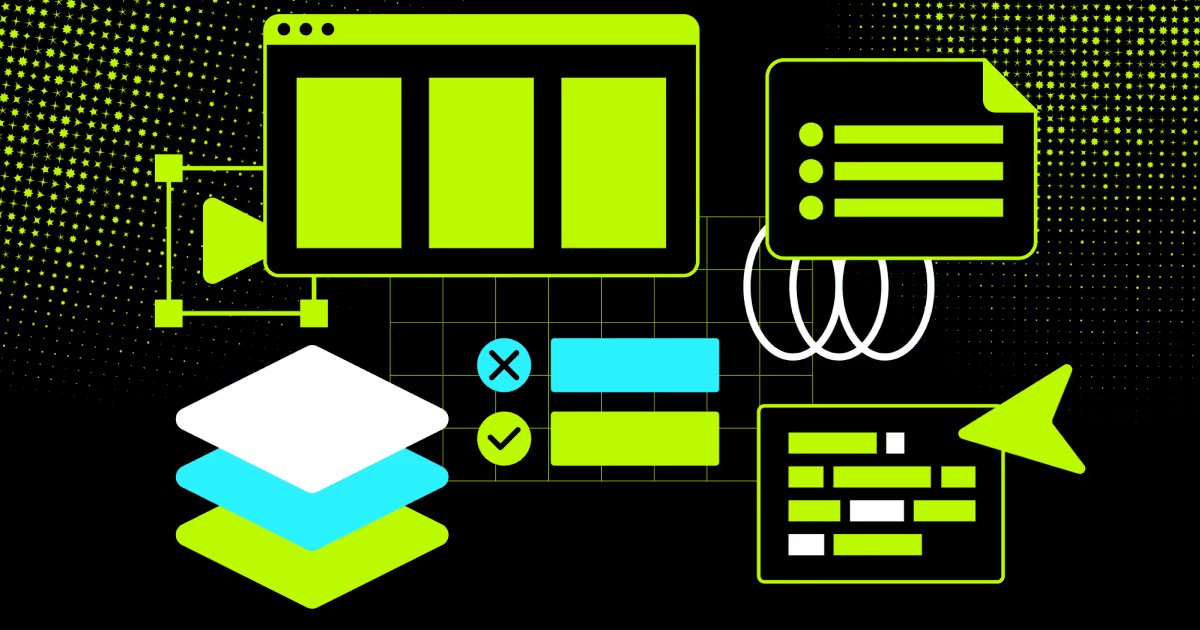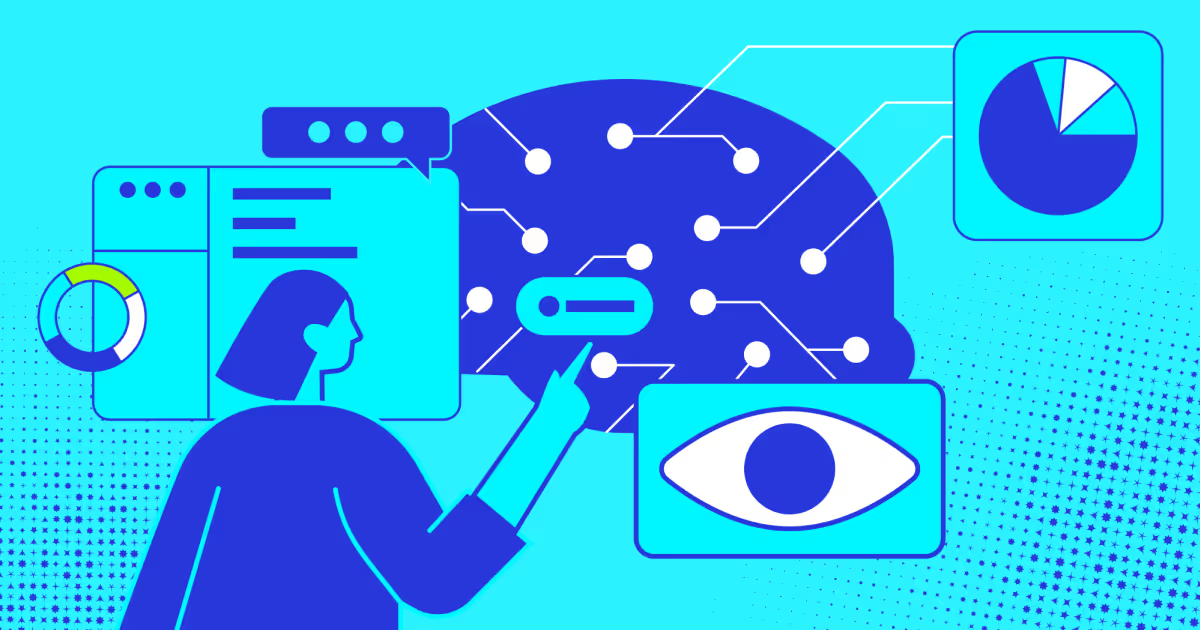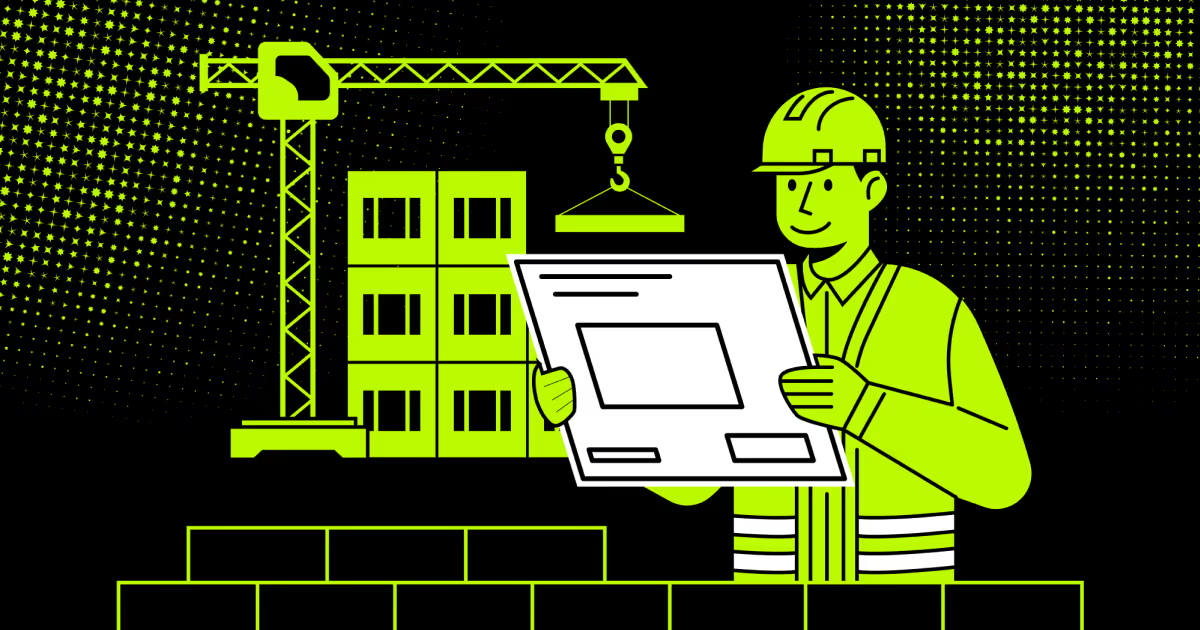Design, build, and optimize data pipelines for reliable analytics and automation. Our solutions guarantee that business intelligence and machine learning applications have access to high-quality, easily accessible data.




Scroll down
Data engineering
Establish and refine your data engineering pipeline
Want to build a future-proof data infrastructure that aligns with your analytics and AI goals? Our data engineering company breaks down complexity into a crystal-clear vision. We design scalable solutions that ensure accuracy, speed, and reliability — for migrating legacy pipelines, building real-time workflows, and bringing your data into a useable order.
Our data engineering best practices

How will you benefit from data engineering consultancy?
Eliminate data bottlenecks that slow down decisions
Redesigning inefficient joins and partitioning large datasets decreases job runtime. Meanwhile, workload-aware scheduling prevents resource contention, delivering analytics-ready data much faster and enabling teams to base decisions on current conditions rather than stale data.
Stop wasting time on manual data fixes
Data analytics engineering services deploy intelligent error handlers that quarantine bad records and auto-retry failures and alert only for unrecoverable issues. By catching and resolving anomalies at ingestion, pipelines deliver cleaner datasets to downstream systems — freeing engineers from never-ending routine cleanup.
Get all teams working from the same trusted data
Data engineering solutions establish centralized pipelines generating standardized, validated datasets to decrease conflicting versions of truth across departments. By implementing consistent business rules and quality checks at the source, all teams receive identical reporting metrics, which improves cross-functional alignment.
Avoid cloud bills from inefficient pipelines
Data engineering best practices are always about reducing expenses. Experts analyze pipeline patterns to rightsize compute resources, replacing always-on clusters with autoscaling and implementing lifecycle rules for storage tiers. This reduces cloud spending as you only pay for resources during actual processing windows rather than idle capacity.
Prevent compliance risks
When sensitive data moves through pipelines, automated guardrails document every touchpoint: who accessed it, how it transformed, and where it flowed. This meets GDPR, HIPAA, and other requirements, with automated alerts for suspicious activity protecting your business and customers from data leaks and cyberattacks.
Make your data AI-ready without rebuilding later
Raw data gets pre-processed into analysis-ready formats (normalized timestamps, cleaned text, completed missing values) during initial ingestion. When AI projects launch, your data already meets quality standards, accelerating model development by months.
Why choose COAX data engineering experts?

See what our clients say about COAX’s services
COAX data engineering roadmap
Assess your data health
We analyze your pipelines for slow queries, missing data, and infrastructure mismatches — then deliver a prioritized fix list with performance benchmarks.
Design purpose-built architectures
We craft solutions around your actual use case, implementing the right processing frameworks, storage layers, and governance controls for your workload requirements.
Optimize data workflows
We refine ETL/ELT processes, eliminate bottlenecks, and automate repetitive tasks to ensure efficiency, scalability, and cost-effectiveness.
Modernize without disruption
As a next step of data engineering as a service, we migrate schemas, pipelines, and infrastructure in parallel,, maintaining full operations while cutting over to improved systems.
Enable self-sustaining systems
COAX specialists further autopilot self-healing data systems that detect anomalies, reroute workflows, and alert only when human judgment is needed.
Grow with your needs
Our data engineering roadmap doesn’t end at launch: reviews, performance tuning, and tech updates keep your systems ahead of demand.
Frequently asked questions and answers
Building and maintaining the systems that store, process, and deliver data at scale — like databases, pipelines, and APIs.
To understand the data engineering vs data science distinction, let’s look at them like this: engineers focus on "how data flows"; scientists focus on "what data means." Engineers build the pipelines and infrastructure to move and store data reliably, while scientists analyze that data to find insights.
Designing systems to handle huge datasets (too big for regular tools), using tech like Spark or Hadoop.
Dbt (or (data build tool) is a type of a tool that helps turn data into analysis-ready tables using SQL — like a recipe for cleaning and organizing data.
An automated process that collects, processes, and moves data from sources (like apps or databases) to destinations (like warehouses or dashboards), cleaning and preparing it along the way.
A flowchart (Directed Acyclic Graph) that shows how pipeline tasks depend on each other, like "Step 1 must finish before Step 2 starts."
To automate pipelines (Apache Airflow), process data (Pandas), or connect systems (APIs) — it’s the "glue" for data tasks.
Want to know more?
Check our blog
What I’ll do next?
1
Contact you within 24 hours
2
Clarify your expectations, business objectives, and project requirements
3
Develop and accept a proposal
4
After that, we can start our partnership





